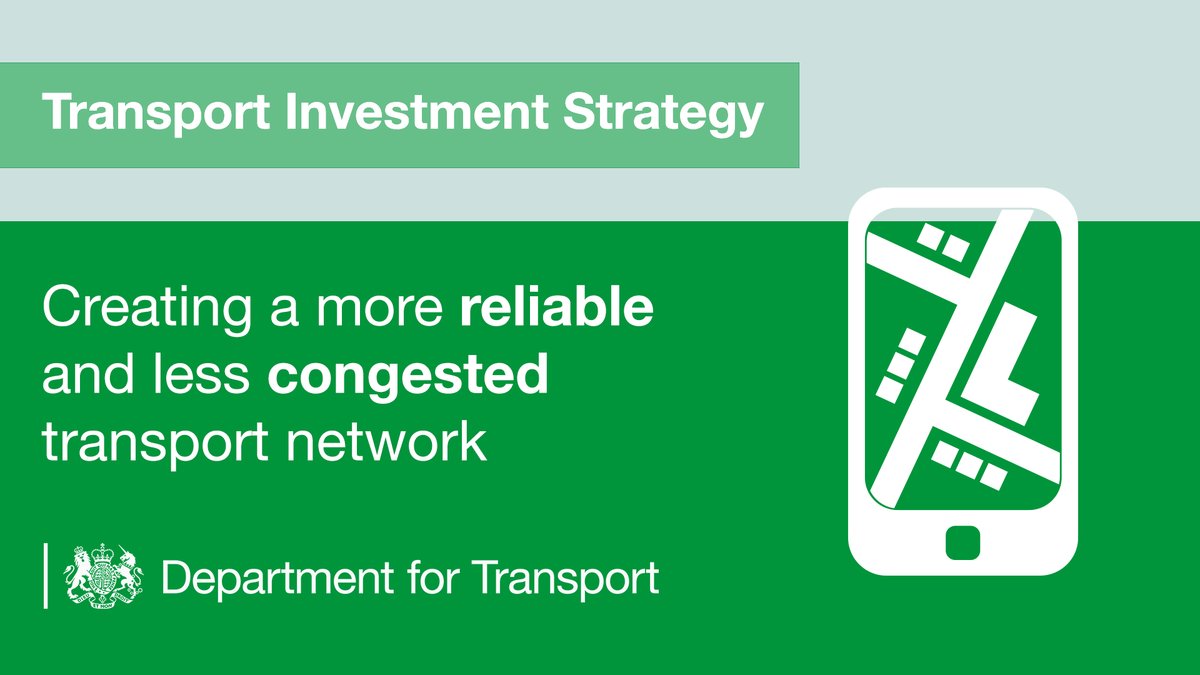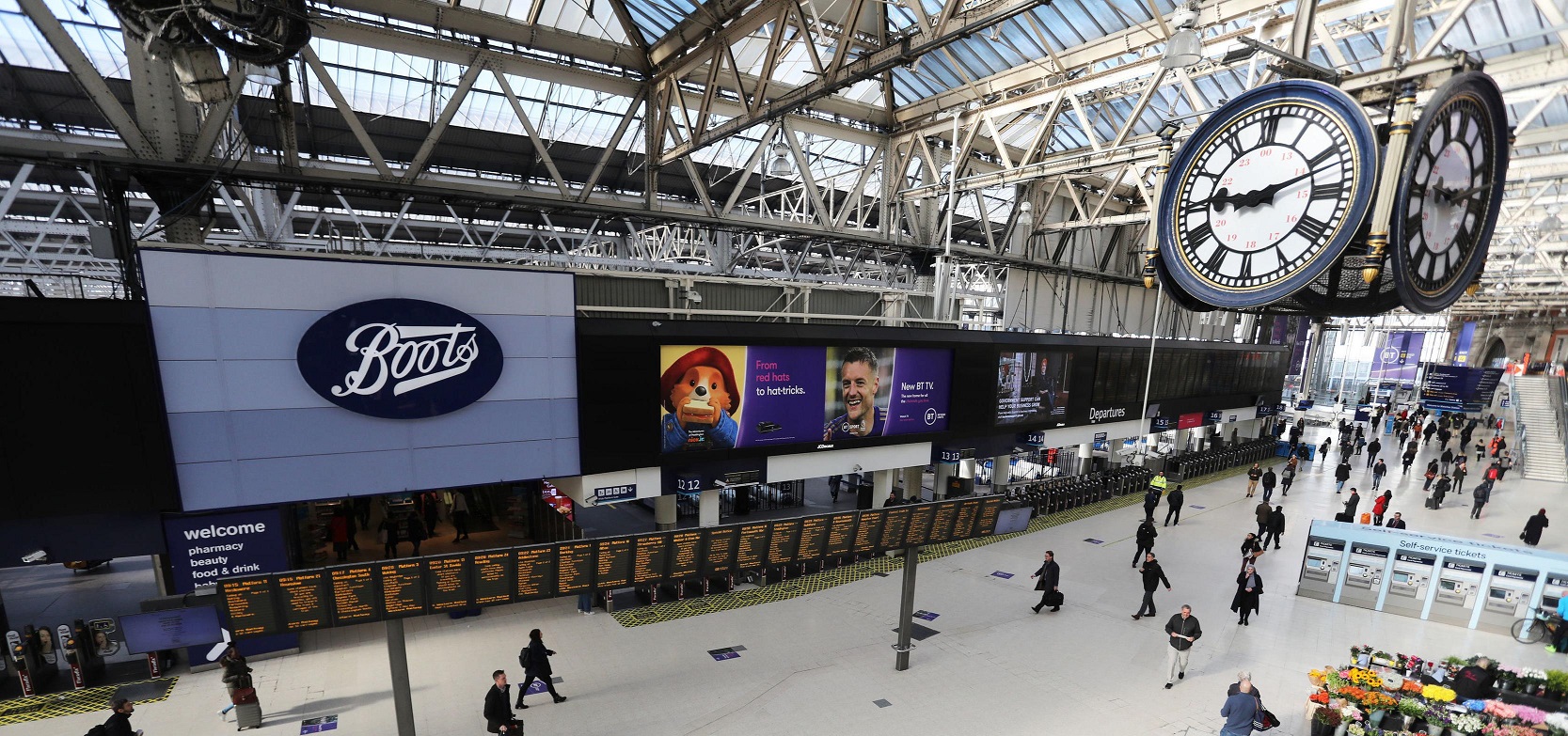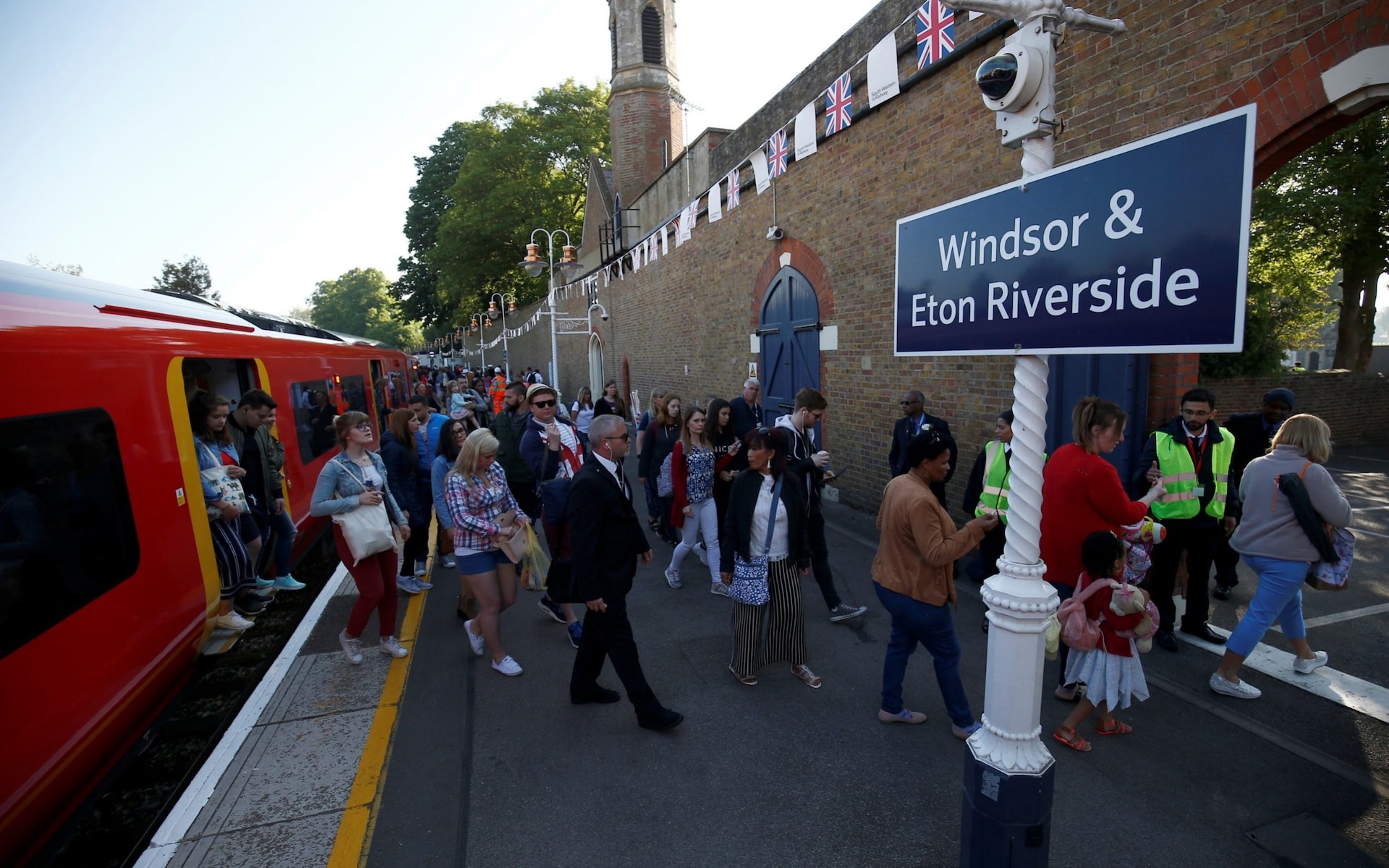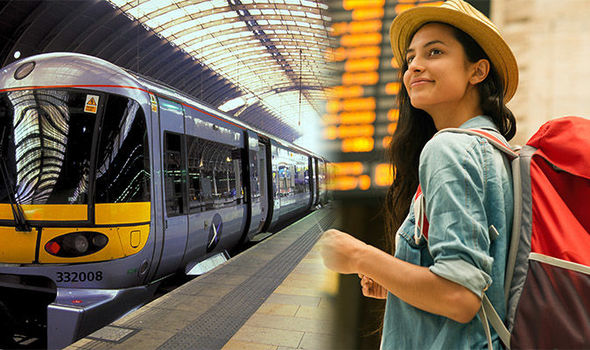The Government has given the green light to private investment in its new Transport Investment Strategy, published last week, saying:
We are actively seeking to consider opportunities where private finance can play a role in delivering better value for money, or help us deliver more quickly and innovatively.
Of particular relevance to the Windsor Link Railway, and the model that it has promoted from the outset, the government says:
Private finance models (where the private sector invests debt and equity to finance the capital cost of the project with the expectation of earning a return on investment over time from a funding source) for Government supported infrastructure offer the opportunity for Government to:
- access the discipline, skills and expertise of the private sector to deliver value for money to taxpayers and users through innovation, cost efficiencies and efficient risk transfer; and
- spread the cost of infrastructure investment over the life of the asset (subject to achieving the appropriate fiscal treatment).
 Introducing the new strategy, Chris Grayling, the Secretary of State for Transport, said:
Introducing the new strategy, Chris Grayling, the Secretary of State for Transport, said:
The decisions we take now will shape the transport network for decades to come and help to determine the contribution that transport can make to our national success and wellbeing. The ‘Transport investment strategy’ describes:
- What we are trying to achieve through our investment in transport infrastructure
- The priorities and propositions that will guide future investment decisions
- The institutional frameworks within which those decisions will be taken
- The actions we are taking to help meet our ambitions
The Government outlines four key aims, as listed in the following table.
| Government Objective | WLR delivery |
|---|---|
| Create a more reliable, less congested and better connected transport network that works for the users that rely on it | WLR addresses missing connectivity orbitally west of London. This doesn’t just give better connections to Heathrow or faster links to London but more reliable and resilient services because WLR provides different route options. |
| Build a stronger, more balanced economy by enhancing productivity and responding to local growth priorities | Heathrow operates as a virtual island with good connectivity to central London but much less so to the west, the north and the south. Other proposals for connecting to Heathrow prioritise national connections at the expense of local connectivity. WLR integrates Heathrow to the economy to the west much better than it is today. |
| Enhance our global competitiveness by making Britain a more attractive place to trade and to invest | WLR is a great example of how international investment can bring local benefits. Windsor, for example, is England’s most visited tourist attraction outside London yet it is difficult to get to by train. WLR fixes that, including making it easy to expand Crossrail, and improves the experience for visitors as well as permanent residents |
| Support the creation of new housing | WLR creates the opportunity for hundreds of new homes in multiple locations, all of which are more sustainable because they accompany improvements in infrastructure, resulting in an improvement in standards of living for all. |
There are many other welcome aspects in the new policy document including the recognition that connections across the country (rather than radially from London) need to be improved and that connections between dense economic centres (e.g. Slough and south-west London) can have great economic advantages and social advantages, especially if it is coordinated with education, skills, housing and local priorities.
The government also recognises the UK was the single largest destination for Foreign Direct Investment in all of Europe in 2015, at almost £1 trillion and that transport is a key opportunity for the UK here.
They also emphasise:
Good transport infrastructure also helps to encourage tourism, and enables visitors to reach all parts of the country, playing its role in a sector which generated over £62bn GVA to the UK economy in 2015.
This is something that is particularly relevant to the Royal Borough of Windsor & Maidenhead, which receives almost 7 million visitors per year, over 90% of which in some years have come by road. Making this more sustainable will not only improve our environment and air quality (something that is a priority with the expansion of Heathrow) but also make for a better experience for visitors and less disruptive for residents.





